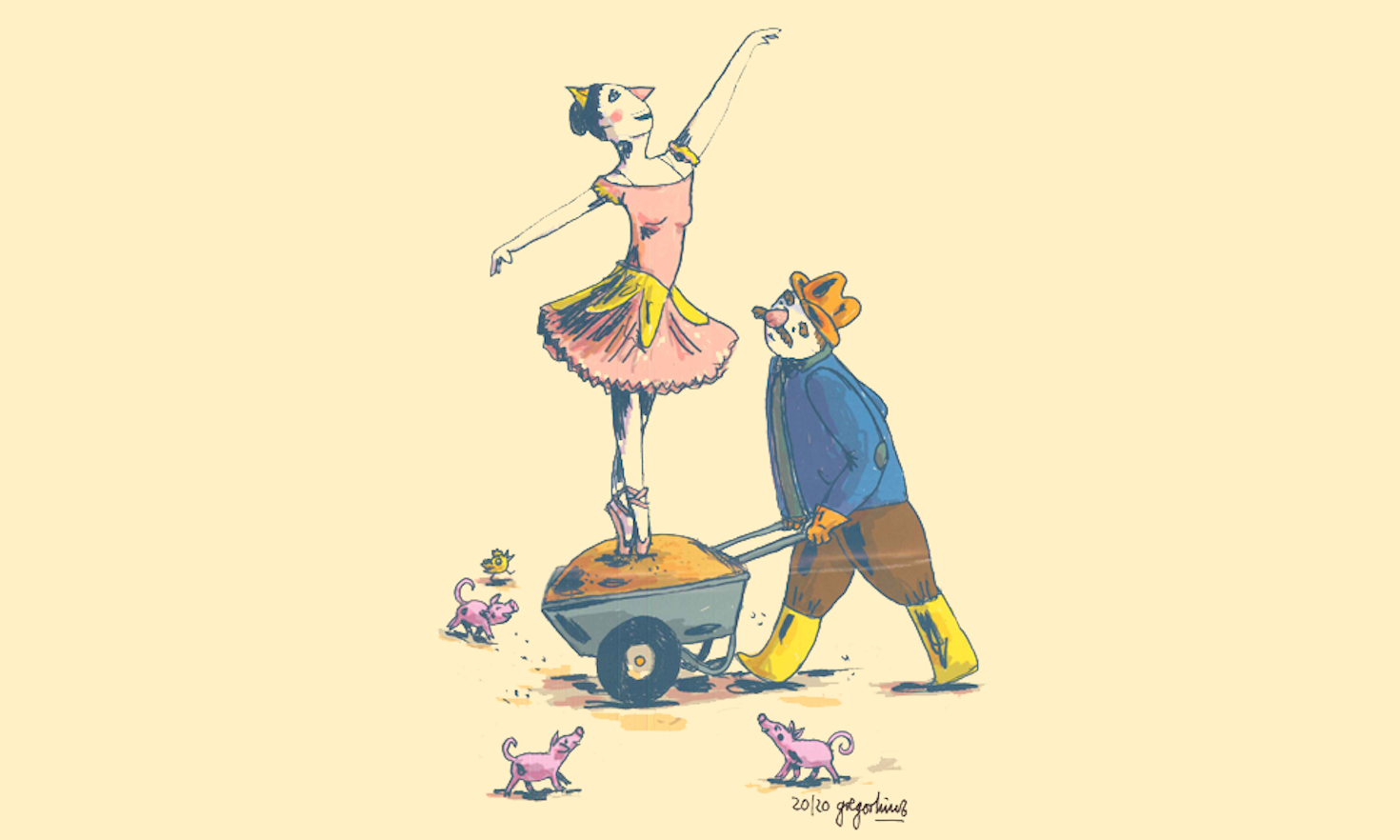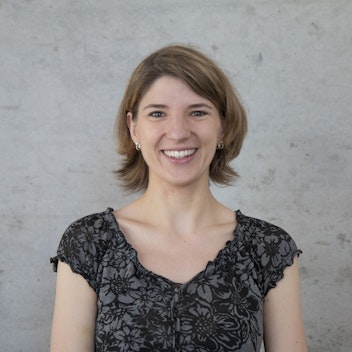A creative journey towards change

What do culture and mobility have in common?
Both concepts deal with individual and shared experience and both strongly depend on the exchange and transfer of ideas and information. Building on this, culture can be referred to as the “motor for transformation, producing creativity, engagement and projection” [i] whereby mobility supports the interaction of individuals while enabling the contamination and transfer of skills, competences, mindsets and lifestyles. Therefore both, despite differently, contribute to boosting innovation. Sometimes a synergy between the dimension of culture and mobility can unfold during a journey, even by taking the metro. As the example of the Swiss canton Ticino shows, young people purposely pick the metro and spend hours travelling in loops in order to share as much time as possible together among peers [ii]. Likewise, we can observe a prospering trend overseas e.g. in Medellin (Colombia), where the strategic use of infrastructures (i.e. metro culture) contributed to promoting social integration by physically connecting the most forgotten and dangerous neighborhoods to the rest of the City. [iii] In order to make synergies work we should reflect on how to best develop, support and possibly combine cultural- and mobility infrastructures.
Sharing experiences, ideas and knowledge
Urban settings – but not only – urge for effective mobility, attractive cultural initiatives and accessible public spaces for inhabitants. In the rural context of the Northern Italian region of South Tyrol we are witnessing what experts at the international and EU level have been predicating: rural areas are being revalorized, re-discovered and transformed. Coordinated cultural processes and pondered policy measures are turning important in order to leverage sustainable solutions. [iv] A concrete example of this trend is a community based initiative in Silandro – Schlanders linked to what used to be a former military base [v]. Today the site is part of a re-urbanization plan on which the initiative “BASIS Val Venosta/Vinschgau” is focusing on. In October the project celebrated its official kick-off prospecting the creation of an innovation hub and business incubator. The project has great potential in terms of social and cultural impact on the territory and with respect to inter-regional collaborations and international idea exchange. As a matter of fact the site is strategically positioned just across the train station and, additionally, along a train track that will be the first one in Val Venosta/Vinschgau and in the region to be electrified in the near future. Public spaces intended as commonly shared spaces offer the opportunity to live and share culture, be it a metro, a theater, a city square, a military base and so forth. [vi]
Creating spaces of encounter
Another spreading phenomenon that highlights the interplay between mobility and culture are co-working spaces, creative clusters and IT hubs. Sometimes these spaces are located in the most unexpected corners of regions and cities: way up on the mountain at 1.963 as it is the case of the COWO in Tyrol [vii], a former touristic mountain resort which can be reached by cable car. BASE in Milan [viii], a century-old factory building has originally been used for the construction of locomotives and trams. It was then transformed into a museum and today it represents a vibrant cultural space for innovation and creative initiatives supporting artists´ mobility and culture. Beginning of December it supported the “European Culture Forum [ix] offering space for cultural professionals, policy makers and passionate people from all over the world to meet for exchange. In this very occasion the European Year of Cultural Heritage 2018 has been officially launched and more than ever mobility and culture promise to be at the heart of future debates. Even the walk or journey towards “spaces of encounter” can be inspiring and trigger people´s imaginaries. A couple months ago a contemporary art exhibition in the industrial zone of Bolzano-Bozen positioned an installation in the middle of an ordinary traffic roundabout close by the recently inaugurated innovation hub NOI Techpark [x]. The art piece offers a thematic link to the overall district´s development and invites local inhabitants, especially every-day commuters, to change their habitual thinking or, as the title of the exhibition itself suggested, to “Think Change” [xi]. The environment we live in shapes our individual and collective perception and identity. At the same time, we are the ones who shape our surroundings and give them a meaning and a value.
These were just some example of how mobility and culture can blend and have a positive impact on society. The duo mobility-culture is a perfect chance to make culture spread and get multiplied through people and places
Author: Eleonora Psenner
Useful links
- [i] James, P. (2015). Urban sustainability in theory and Practice: Circles of sustainability. Abingdon; Routledge.
- [ii] Gian Paolo Torricelli, Simone Garlandini, Ilario Lodi intitolato “Territorialità, giovani e spazio pubblico: verso un cambiamento di paradigma”, nella rivista: ARCHIVIO DI STUDI URBANI E REGIONALI, 2014
- [iii] „Medellin, the construction of the Metro-Culture message and its impact on citizen culture“, by Beatriz Vella, Grenoble University (research with Juan David Arias Calle, Universidad Nacional, Medellin).
- [iv] Matthias Horx (2017). Zukunftsreport 2018 – das Jahrbuch für gesellschaftliche Trends und Business Innovationen”, Zukunftsinstitut
- [v] https://www.salto.bz/de/article/09102017/startschuss-fuer-basis
- [vi] Elisa Ravazzoli, Gian Paolo Torricelli, “Urban mobility and public space. A challenge for the sustainable
- liveable city of the future” in The Journal of Public Space, 2017, Vol.2, N.2, https://www.journalpublicspace.org
- [vii] https://blog.innsbruck.info/de/menschen-geschichten/arbeiten-im-cowo-tirol-ein-selbstversuch/
- [viii] http://base.milano.it/about/
- [ix] http://cultura.cedesk.beniculturali.it/eventi.aspx?/european_culture_forum/
- [x] NOI Techpark Südtirol/Alto Adige, A.-Volta-Str., 9 in Bolzano-Bozen, inaugurated on the 21st of October 2017. https://noi.bz.it/
- [xi] Esther Stocker, exhibition “Think Change” hosted by EOS Solution and TRANSART Festival from 21.10.17 – 31.01.18 in Bolzano Sud – Bozen Süd. http://www.eos-solutions.it/think-change-de.html
Citation
This content is licensed under a Creative Commons Attribution 4.0 International license except for third-party materials or where otherwise noted.





